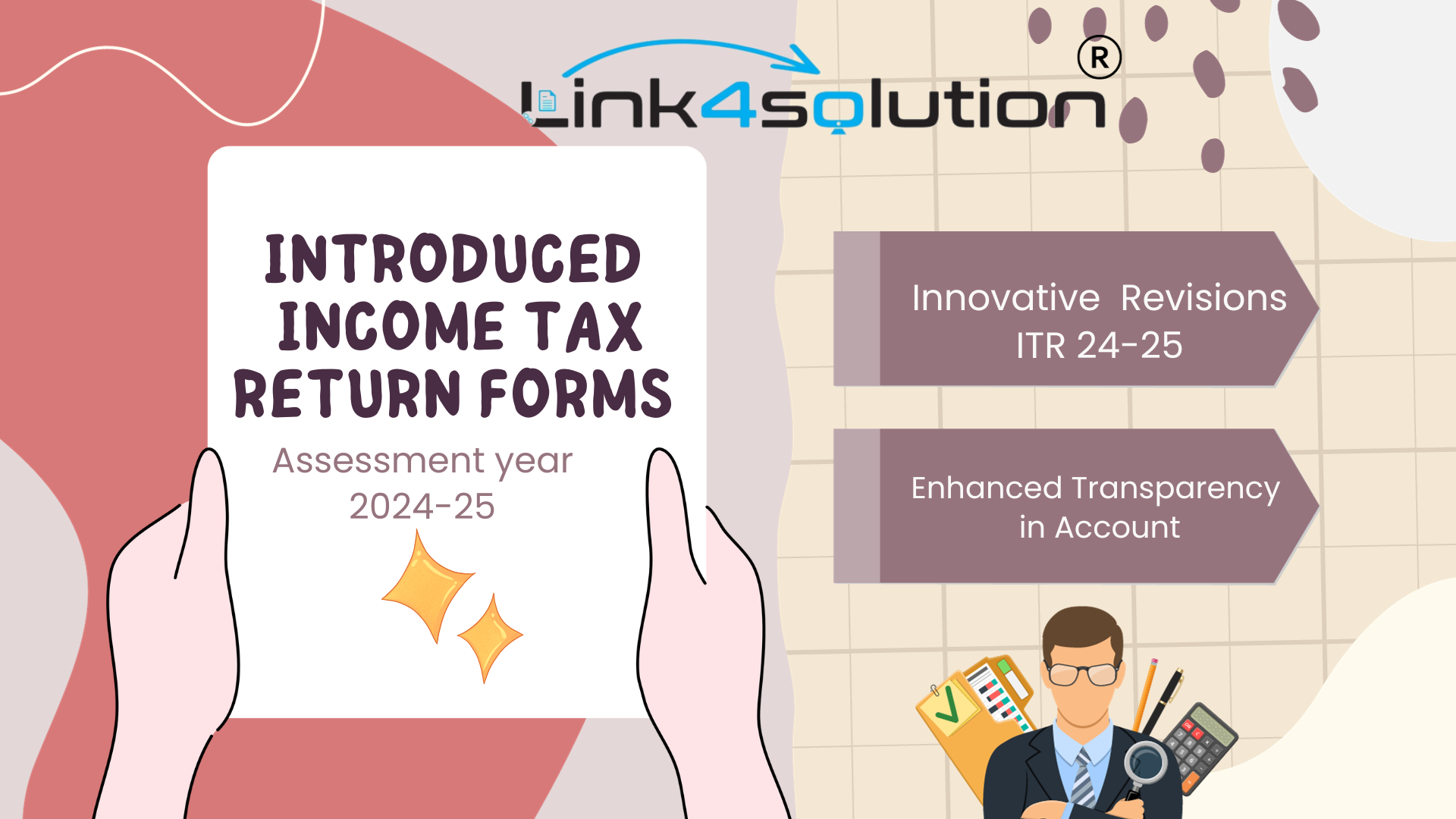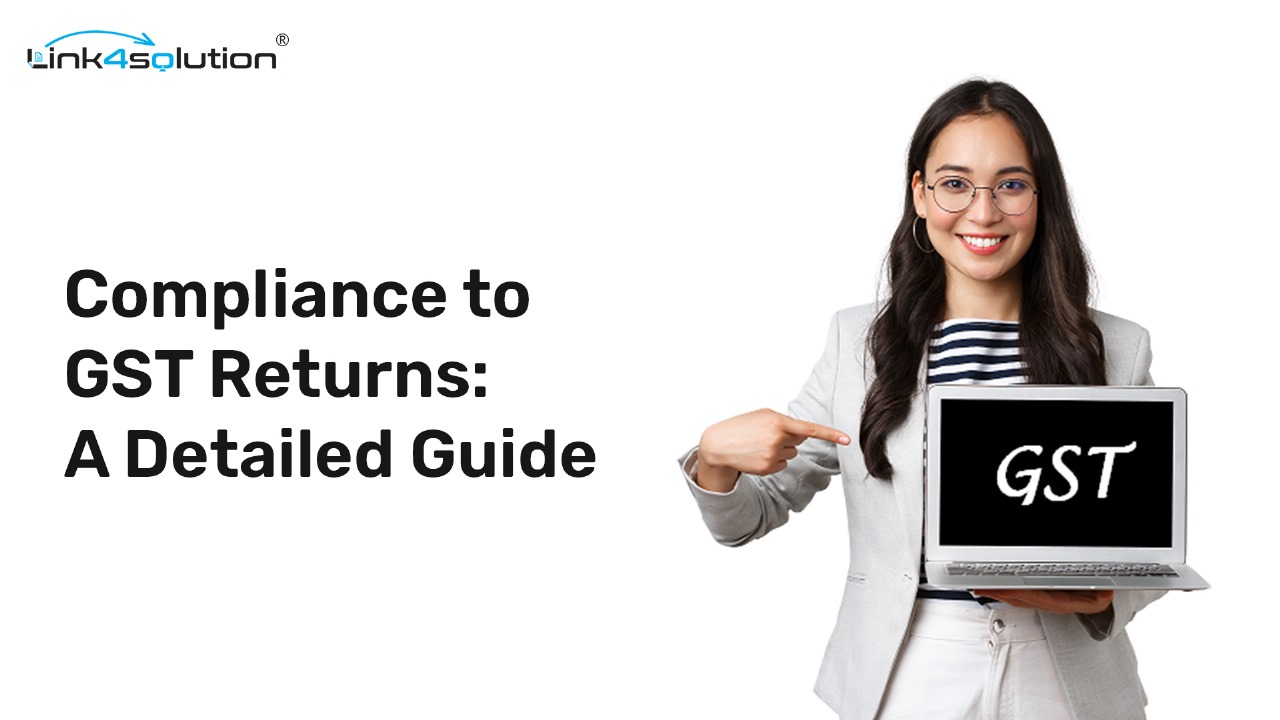Innovative Revisions Introduced in Income Tax Return Forms for Assessment Year 2024-25
Marking a significant advancement in tax administration, the Indian Income Tax Department has unveiled the updated Income Tax Return (ITR) Forms 1 and 4, tailored for the assessment year 2024-25. These forms have been meticulously designed to encompass income earned in the financial year 2023-24.
In a departure from the conventional release schedule of February and March, the government has expedited the notification of these changes. This proactive approach is aimed at providing taxpayers ample time to acquaint themselves with new reporting requirements and prepare the necessary documentation accordingly.
Consistency in Applicability
The scope of the ITR forms for various taxpayer categories remains consistent. ITR Form 1 is tailored for salaried individuals with income from sources such as a single house property, family pensions, and similar revenues. Meanwhile, ITR Form 4 caters to a more diverse income spectrum, including capital gains, dividend earnings, income from multiple house properties, and earnings from presumptive businesses or partnerships.
Deductions for Agniveers: A Novel Inclusion
In light of the 2023 Budget, a new provision – Section 80CCH – has been introduced in the Income Tax Act. This section allows tax deductions on the entire contribution made by applicants and the Central Government to the Agniveer Corpus Fund. Reflecting this change, ITR 1 and ITR 4 have incorporated a specific column to detail deductions permissible under this new section.
Enhanced Transparency in Account and Cash Receipts Reporting
The ITR-4 form now includes an innovative feature requiring the disclosure of the type of bank account held by the assessee. This encompasses all bank accounts active during the previous year, excluding those classified as dormant. Additionally, a novel disclosure requirement focuses on cash receipts, segregating them from other transaction modes like cryptocurrencies. This distinct categorization aims to enhance clarity in financial reporting.
According to Om Rajpurohit, Joint Partner (Corporate & International Tax) at AMRG & Associates, the new column dedicated to cash receipts introduces a clear delineation from other forms of business receipts, such as exchanges, cryptocurrencies, and amenities. This separation, while offering clarity, also raises questions about its future implications, particularly for taxpayers under the presumptive tax regime.
Embracing the New Tax Regime as the Default
The 2023 Budget has positioned the new tax regime as the default choice for taxpayers. When accessing the income tax portal for return filing, the new tax scheme emerges as the primary option. Taxpayers preferring the traditional regime need to actively select it. Tax advisory firm Taxman notes that Section 115BAC (6) provides an option for eligible assesses to opt out of the new regime. This decision must be indicated in the return form for non-business income or through Form 10-IEA for business-related incomes, adhering to prescribed deadlines.
The revamped ITR 1 and ITR 4 forms have been updated to incorporate these nuances, including the timely or delayed filing of Form 10-IEA.
Previous Year’s ITR Enhancements
Last year’s amendments to the ITR forms brought increased disclosure obligations for taxpayers, particularly for individuals and Hindu Undivided Families (HUFs) with business or professional income. These changes were aimed at closing gaps in earlier forms. Notably, separate schedules were introduced for salaried individuals using ITR-2 to set off current-year capital losses against capital gains. Moreover, specific schedules were added for reporting income from Virtual Digital Assets (VDAs), like cryptocurrencies, clarifying that losses in one VDA cannot offset gains in another.






